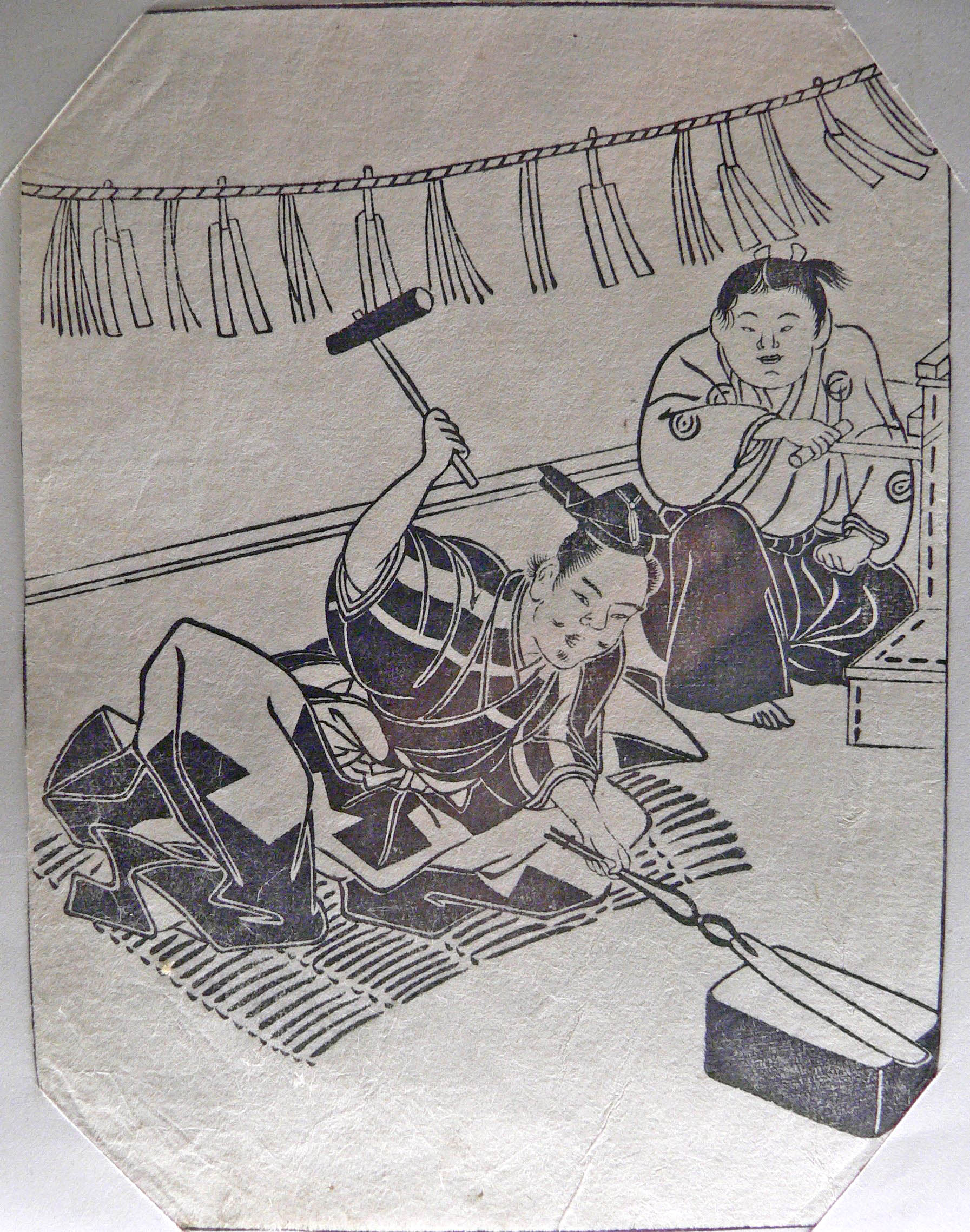Votre panier est vide


Japan has a long history of bladesmithing, with some of the region's oldest steel swords dating back to 400 or 500 AD. At the time, however, these swords were used almost exclusively for ceremonial purposes. It wasn't until several centuries later when Japan perfected the art of bladesmithing, paving the way for some of the world's finest quality swords like the katana and wakizashi. There was a specific era in Japan's history during which the country's bladesmiths excelled in their profession. Known as the "Golden era" of Japanese bladesmithing, it's become synonymous with high-quality swords, knives and other bladed weapons.
What Is the Golden Era of Japanese Bladesmithing?
The Golden era of Japanese bladesmithing is considered the pinnacle of the region's bladesmithing practices. While Japan has long been associated with producing some of the world's highest quality swords, it excelled in this craft around the beginning of the Kamakura period (1185 to 1333).
As most historians known, the Kamakura period was a sensitive time for Japan, as the region was under constant attack by the invading the Mongolian forces. Emperor Toba II sought to defend Japan against these Mongols by improving the country's bladesmithing practices. Toba II was actually a bladesmith himself, so he knew how to create high-quality swords.
The Need for a New Sword
Of course, Japan already had swords when the Mongols began attacking during the Kamakura period. The problem was that existing swords at the time lacked the strength and characteristics needed to overcome the invading Mongolian forces.
Mongolian warriors often wore thick hard-boiled leather armor that was difficult for Japanese samurai to penetrate using existing swords at the time. Therefore, Toba II embarked on a quest to develop a new, stronger sword to repel his country's enemies.
The Search for the Perfect Sword
According to various reports, Toba II called for the best swordsmiths in Japan to develop new swordmaking methods. He wanted a sword that was able to maintain a sharp edge without breaking or otherwise sustaining damage under a heavy blow. Soon thereafter, Japanese swordsmiths discovered that wrapping a low-carbon steel core in a jacket or layer of higher carbon steel allowed for these characteristics.
Addition, the Mongol Invasions prompted Japanese swordsmiths to produce a new sword for hand-to-hand combat. This paved the way for the development of the katana and tanto, both of which had shorter blades than swords previously produced in Japan.